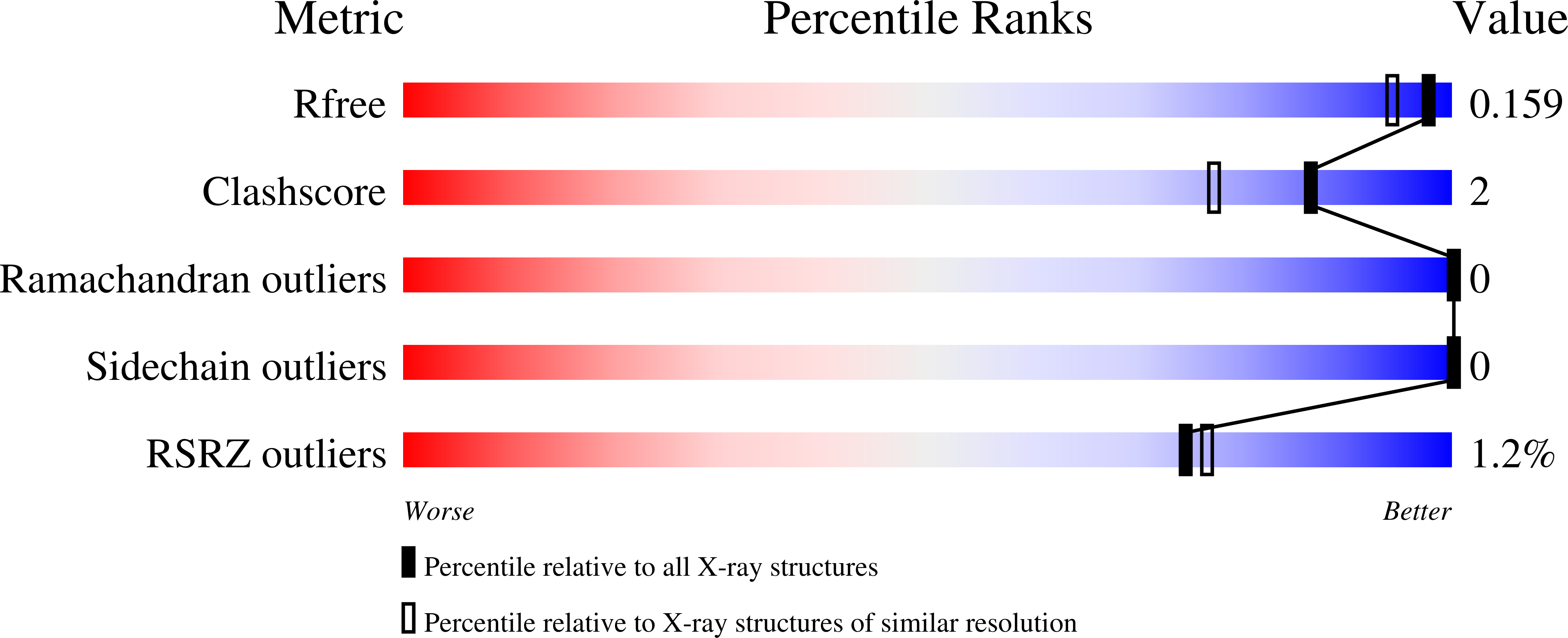
Deposition Date
2025-01-31
Release Date
2025-07-30
Last Version Date
2025-07-30
Entry Detail
PDB ID:
9I75
Keywords:
Title:
14-3-3sigma binding to the ERa peptide and compound 25
Biological Source:
Source Organism:
Homo sapiens (Taxon ID: 9606)
Host Organism:
Method Details:
Experimental Method:
Resolution:
1.40 Å
R-Value Free:
0.15
R-Value Work:
0.12
R-Value Observed:
0.12
Space Group:
C 2 2 21


